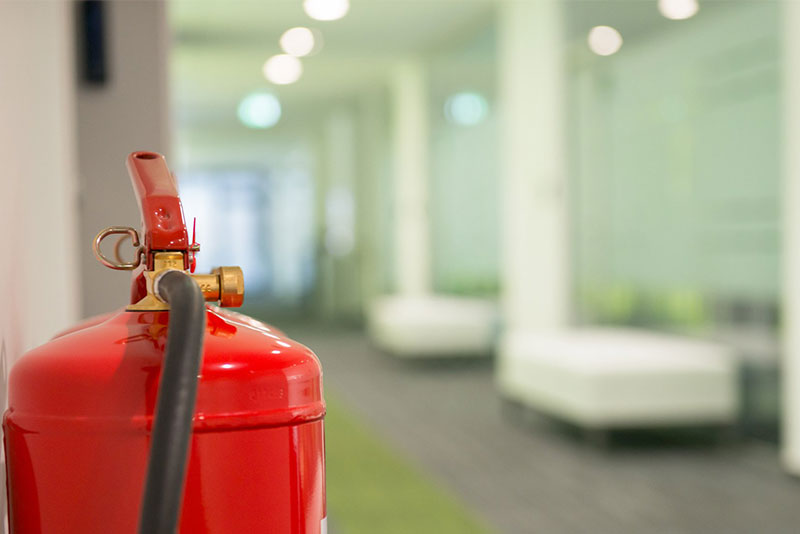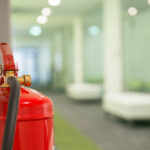
All building owners and businesses must comply with The Fire Safety Order (FSO) to ensure the safety of the property and the people. The Fire Safety Order sets out several regulations and guidelines.
Hotel owners need to both identify, and reduce, the risks of fire associated with specific buildings. These are the areas that hotels need to include in an emergency plan to comply with the FSO.
- Fire Safety Risk Assessment
It is important for every fire safety plan to start with a comprehensive risk assessment. The risk assessment should identify fire hazards and rate them in terms of high, moderate, and low risk. For example, a hotel kitchen would be considered a high-risk area, as would a chemical storeroom. Those that are at risk should also be identified, such as the occupants of family rooms, disabled members of staff etc. For each risk identified, a plan should then be put in place to try and eliminate and reduce those individuals from that risk.
- Fire Detection & Warning System
If for some reason a fire cannot be prevented, there should be steps put in place to detect a fire as soon as possible sending a warning to those in the hotel that a fire has started. For a hotel, a detection and warning system should be a network of smoke detectors linked to clear alarms in all occupied areas of the building, including individual hotel rooms. Many hotels choose to link their alarm directly to the fire brigade so that immediate notification can be given.
- Escape Routes & Fire Doors
Every floor of a building should have the appropriate number of fire doors with clearly marked escape routes from all points. Those areas of high risk should have correspondingly fast escape routes to enable quick evacuation. Fire exits should lead to a safe point outside of the building. Areas at risk of fire should also have heavy, fireproof doors which can be closed after evacuation to prevent the spread of fire. Signage is also important to indicate which doors are fire doors and provide directions to fire exits and meeting points.
When a fire is detected, it is best practice to shut down all non-essential systems that could be damaged by fire or make one worse for example, in some cases fire may cause the electrics within the building to fail. It is the hotel owner’s responsibility to ensure that there is sufficient emergency lighting so that emergency routes and exits are adequately lit. This is especially important in those areas where there is little or no natural light e.g., hotel corridors.
- Staff Training & Competent Persons
All staff should be trained in the fire safety procedures including how to raise an alarm, fight fires and evacuate the building. There should also be a ‘competent person/persons’ appointed as Fire Safety Officers that will hold specific responsibilities for example, evacuating guests, securing the building etc. Regular fire drills and training sessions should be carried out, so all staff members are clear on what to do in the event of a fire.
Fire action notices should be clearly displayed so that both staff and visitors can understand what action is required if a fire is discovered.
- Emergency Fire Plan
This should be published as a hard copy and made available to all staff. The emergency fire plan will also need to be retained for examination by the Fire & Rescue Service if there is a fire safety inspection.
The Firechief range includes high-performance fire extinguishers, fire blankets, first aid kits, lithium-ion fire extinguishers for your home and leisure time. For more information, call us on +44 (0)330 999 0019 or email sales@firechiefglobal.com.
The information contained within this blog is provided solely for general informational and educational purposes and is not intended as a substitute for professional advice. Before taking any actions based upon this information, we advise the reader to consult any and all relevant statutory or regulatory guidance and where felt necessary to consult a qualified fire or industry regulation professional. The use or reliance on any information contained herein is solely at the reader’s risk.

